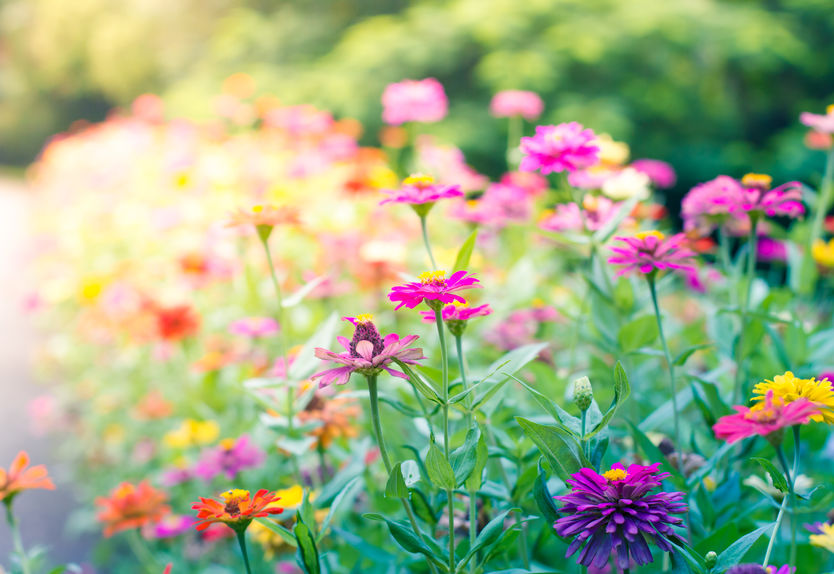A wild garden brings the beauty of nature to your yard. It retains the simplicity and the naturalness, leaving it untouched by the perfections of the technology. The imperfections of nature have their own beauty and harmony, and in the arrangement of a wild garden we tend towards this feeling of pristine and pure environment.
For many people who are lucky enough to have a garden, this place is very important because it provides relaxation and connection to their natural roots. Depending on the preferences of each one, a garden can be arranged to the last detail, with flowers and borders aligned perfectly, or it can be arranged so that when you step in, you feel that you are in the wild.
Spring is generally the best time to plant wild flowers picked up from the forest. If the plants are taken from the soil as soon as the snow has melted and transplanted in the garden, they will bloom during the entire summer.
Acclimating wildflowers in your garden
Wildflowers that grow naturally in your area are the easiest to plant. Do not attempt to force nature and introduce foreign plants that have different requirements than those provided by the local soil and climate, as you will likely not be successful. Look for native plants that are already growing in nearby meadows and forests. You can ask the advice of an experienced botanist or gardener to identify them correctly. You can also ask your local gardening center for specific perennial wildflowers midwest region types of plants – for sunshine or shade.
Because generally many wildflowers have the maximum blooming period in the spring, try to also identify species that bloom later in the summer, such as the forest lily, lobelia or the aster flowers.
In order to transplant them or spread seeds, you must first prepare the soil by cleaning debris and weeds, raking the surface and adding some compost.

How about the design of a wildflower garden?
Allow nature teach you how to create the design of a wild garden. Remember that in nature plants grow on several levels and stages. Plant at least three wildflowers of the same species and allow them enough space to multiply.
To create the sensation of wilderness, you can use some rocks and boulders in an artistic way. You can also create small stone paths for easier access to different areas of the garden. Additionally, you can plant mulberry or strawberry bushes on the edge of the garden, near the fence or the walls.
Once you have organized the wild garden you must let it grow on its own. You can help it by watering the flowers until they start growing. Each autumn, allow these plants to dry so that their leaves become compost and protect them in winter and feed them in the spring when they bloom again.
Here is a short list of some wildflowers that can be planted easily to your garden.
- Violets (Viola sororia)
- Jack-in-the-pulpit (Arisaema triphyllum)
- Wild ginger (Asarum canadense)
- Small Solomon’s seal (Polygonatum biflorum)
- Woodland phlox (Phlox divaricata)
- Dutchman’s breeches (Dicentra cucullaria)
- Virginia bluebells (Mertensia virginica)
- Blue columbine (Aquilegia caerulea)
- Mayapple (Podophyllum peltatum)
- Fairy Slipper Orchid (Calypso bulbosa)
